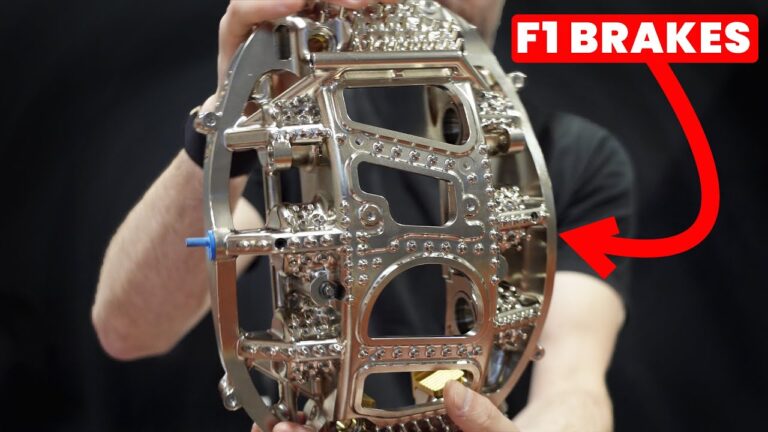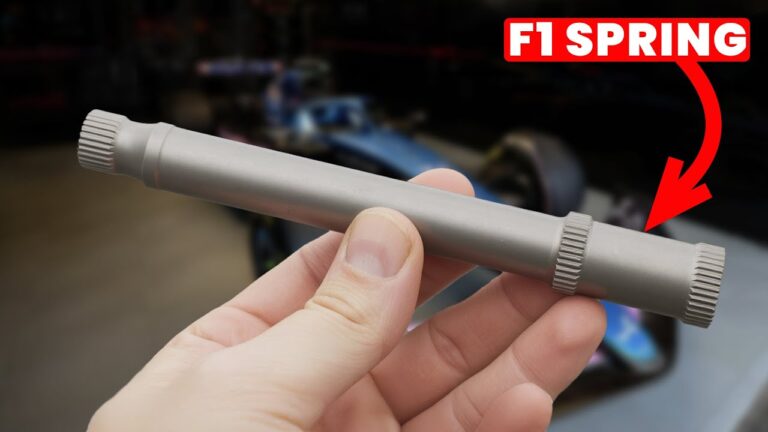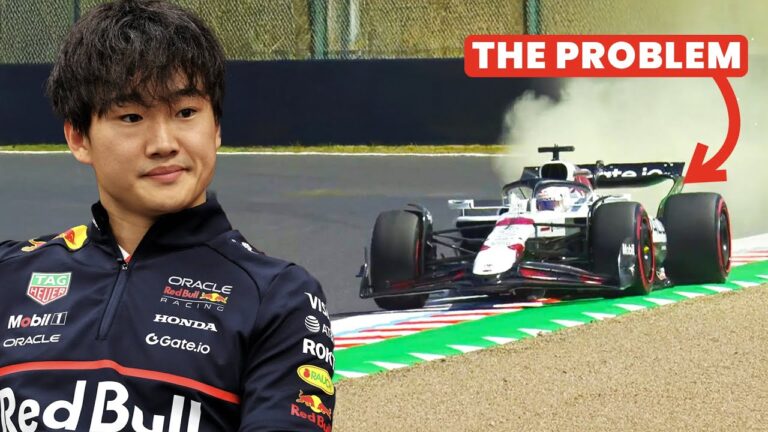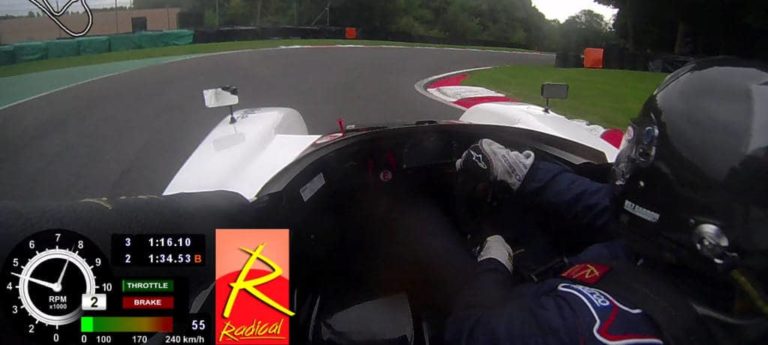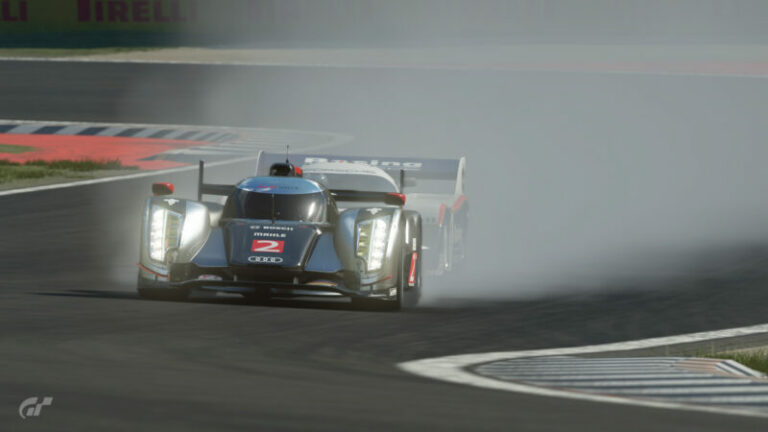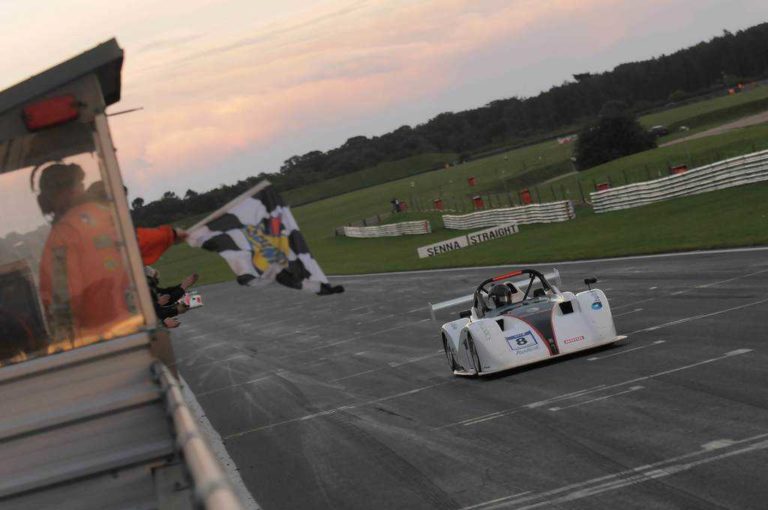Heel and toe (and rev matching) are important techniques to know and implement if you want to drive a manual car fast on track.
Want to get faster and feel in total control on the limit? Join one of our training programs.
In this how-to video our professional racer, Scott Mansell, explains:
- What exactly the heel and toe technique is
- Why we would want to rev match
- Precisely to how to heel and toe (and how we should position our feet)
- The best way to practice this technique
The heel and toe technique allows drivers to downshift smoothly without unbalancing their cars, whilst being as mechanically sympathetic as possible. There is a lot of coordination taking place, so it’s not an easy technique to master, however, with practice anyone can learn to heel and toe. So please take a look at our guide to how to heel and toe.
What is Heel and Toe?
Heel and toeing is a technique whereby you match your car’s engine speed or revs to your car’s wheel speed, to create a smooth downshift. If you don’t match the engine’s revs to the wheel speed you risk locking up the driven axle.
You match the engine’s revs to the wheel speed by using your right foot across both the brake and accelerator pedals; toe on the brake and heel (or the side of your foot) on the accelerator pedal.
Why do we Heel and Toe?
So, to better understand why we heel and toe we’re going to take a quick look at a gear ratio chart for a race car, or in fact, a road car. Take a look at the image below, the horizontal axis is speed and the vertical axis is rpm. The coloured lines on the graph represent the gear ratios – 1st through to 5th gear.
If you take a look at the red line (1st gear) you will see that the ratio line goes from 0 rpm, and therefore 0 mph, up to 10,000 rpm and 20 mph. If you take a look at the yellow line (5th gear) you will see that the ratio line goes again from 0 rpm and 0 mph up to 10,000 rpm and 100 mph, as it’s a much longer ratio than 1st gear.
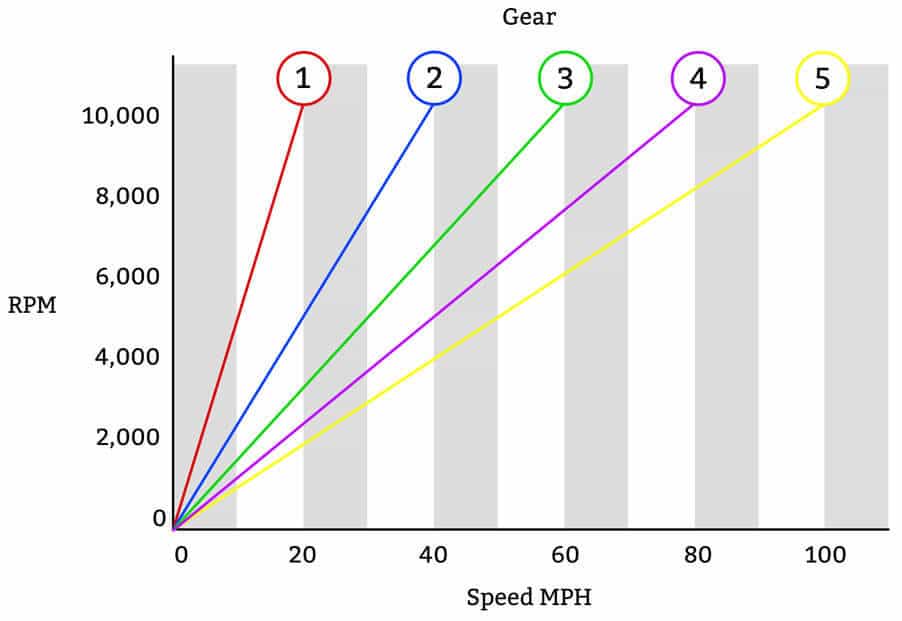
Next, take a look at the image below, which explains why we need to heel and toe.
- We are approaching a corner at 80 mph
- We’re currently in 5th gear (yellow line)
- The engine is revving at 8,000 rpm
- We want to downshift to 4th gear (purple line)
- At our current speed (80 mph) the engine will have to rev at 10,000 rpm when the downshift to 4th gear takes place
So, simply put we need to heel and toe to make up the difference from the 8,000 to 10,000 rpm – we need to match the revs and this is why we’ll have to blip the accelerator in between the gear change. If we were to just downshift without a blip of the accelerator, the engine’s increase in revs and resulting resistance would cause engine braking and could destabilise the car – possibly even locking the driven wheels.

Hopefully, you now understand a little more about why we need to heel and toe – however carrying out this number of movements precisely and in sync is really quite difficult. So next up we’ll take a look at each step of how to heel and toe.
How to Heel and Toe
There are quite a lot of movements taking place when you downshift with a heel and toe, so it’s easiest if we explain using the slides from our video above.
How to heel and toe:
- Begin to brake with the toe of your right foot
- Dip the clutch with your left foot
- Downshift into lower gear
- Blip the throttle with the side or heel of your right foot (remaining on brakes too)
- Release the clutch
- Engine revs should match wheel speed producing a smooth downshift
Step 1
Accelerating towards the upcoming corner.
Gear: 4
Right foot: Flat out on the accelerator
Left foot: Nothing
Hands: On steering wheel
RPM: Increasing
Speed: Increasing

Step 2
Beginning to brake for the upcoming corner.
Gear: 4
Right foot: Full braking
Left foot: Nothing
Hands: On steering wheel
RPM: Decreasing
Speed: Decreasing

Step 3
Still braking for the upcoming corner, but rotating foot to prepare to blip throttle, whilst dipping clutch.
Gear: 4
Right foot: Full braking
Left foot: Dipping clutch
Hands: On steering wheel
RPM: Decreasing
Speed: Decreasing

Step 4
Continuing to brake, dipping the clutch, blipping the accelerator and changing from 4th to 3rd (the tricky step….)
Gear: 4
Right foot: Full braking
Left foot: Dipping clutch
Hands: Changing from 4th to 3rd
RPM: Increasing
Speed: Decreasing

Step 5
Continuing to brake and releasing clutch (hopefully with matching engine and wheel speeds)
Gear: 3
Right foot: Full braking
Left foot: Releasing clutch
Hands: On steering wheel
RPM: Decreasing
Speed: Decreasing
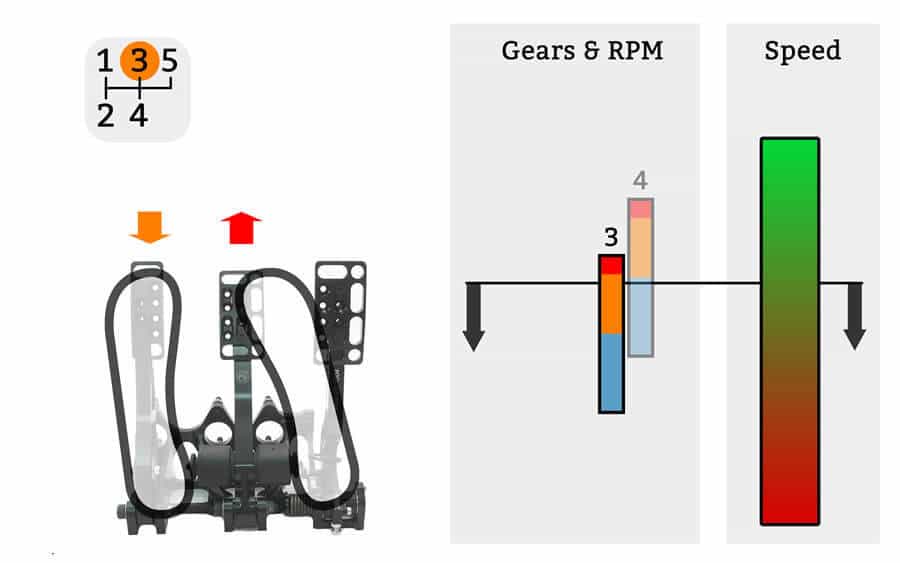
The Best Way to Learn How to Heel and Toe
As I’ve mentioned this is a difficult technique and one that will take a bit of practice before you perfect it. The best thing to do is to practice in your road car, before you head out on the track – obviously in a safe area where there are no other cars around.
Initially, try to find a gentle hill where the car will decelerate naturally – this way you won’t have to brake for the car to slow down and you’ll just be able to focus on the downshift and rev matching. Everything will also happen a bit slower without braking, so you’ll have more time to think.
It’s best to first try with a downshift that isn’t across the gate, so I suggest using 4th to 3rd. Approach the hill with some speed and release the accelerator. As the car begins to slow, dip the clutch, and as you’re changing from 4th to 3rd, blip the accelerator. Then, when the engine’s revs are increased, release the clutch – the idea here is to not hear any increase or decrease in engine revs, as you should have matched them perfectly.
Once you’ve mastered the heel and toe on a hill, it’s time to include the brake pedal. Everything is the same apart from you’ll have to use your foot in a slightly awkward way, and the process will need to be slightly faster as you’ll be slowing down more quickly.
Before you practice with all three pedals, run through the process when you car is off and static as many times as you can – it’ll also help if the pedals are set up correctly, with the throttle and brake relatively close together.
Once you’ve learned a little muscle memory, get practising in your road car and once again make sure it’s safe to do so if you’re using the public road. To watch the heel and toe technique in action, please watch the video above. It’ll take you a while to have the feel for a perfect heel and toe downshift, but once you’ve cracked it on the road it’ll transfer quite easily to the track and you’ll be faster and more consistent too.



